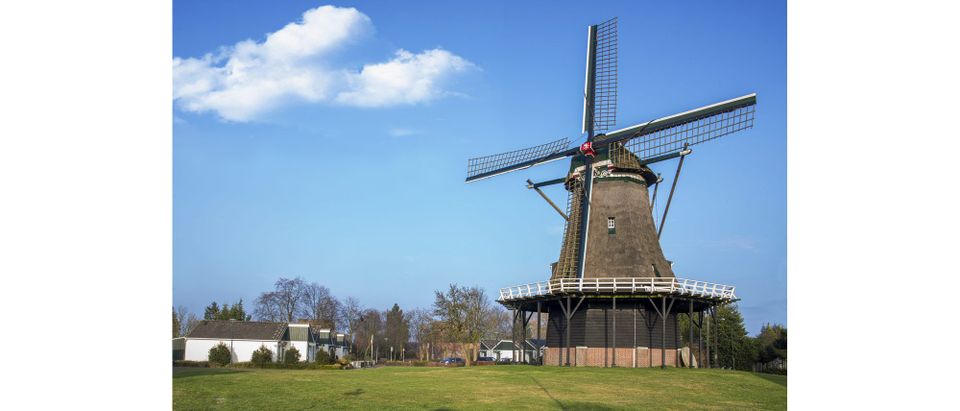Molen De Bijenkorf
Contact
The beautiful mill De Bijenkorf was rebuilt in 1908 as a corn mill, but its history goes back much further. In fact, the mill was originally built as a paper mill in Zaandijk in 1665. At the time, it bore the name De Veenboer.
The type is an octagonal scaffold mill. A scaffold mill is an advanced type of windmill. An old type…
The beautiful mill De Bijenkorf was rebuilt in 1908 as a corn mill, but its history goes back much further. In fact, the mill was originally built as a paper mill in Zaandijk in 1665. At the time, it bore the name De Veenboer.
The type is an octagonal scaffold mill. A scaffold mill is an advanced type of windmill. An old type of mill such as the standerd mill in Bakel had to be turned (crossed) from the cap at the top of the mill if the sails were to be turned to the wind. A tripod mill, however, is a type of external crosser. The wheel gear, the mechanism used to turn the mill to the wind, is located outside the mill and thus easier to access than if you had to climb to the cap first. The system works via wooden beams (the tail) attached at the top of the mill and attached below to a wheel or winch that turns the whole thing. The new "tail" also allowed for a slimmer shape of the upper part of the mill. That upper part needed to be less sturdy to support the sails because they were counterbalanced on the other side by the heavy wooden beams of the tail. The Beehive is a good example of this. This shape significantly improved the power/energy output of the mill.
The first buitenkruier came into being in 1573 and from 1800 they also began to appear in the Peelland region. There are different types but De Bijenkorf is the only tower mill (with a scaffold between the upper and lower structure) in the Peel and is therefore a national monument. The wooden octagonal superstructure is covered with reeds and rests on a substructure that is partly made of wood and partly of brick. Two beehives are depicted on the mill's beard. This symbol refers to the former owner, the paper manufacturer Honig. The company Honig Breet was dissolved in 1879. After serving as a peeling mill for some time, the mill came into the hands of a demolition firm that demolished it and rebuilt it in Gemert.
With the arrival of a new mill, fierce competition began with the existing mills in the area. Consequently, De Bijenkorf, as a newcomer changed hands many times since its arrival in Gemert. The mill was only named De Bijenkorf in Gemert because, after all, there were beehives depicted on its beard. In 1970, the badly dilapidated mill was sold to the then municipality of Gemert and in 1974, restoration was completed in which the substructure was raised two meters and the tar paper was replaced with a reed cover. In 2004, the mill received a new sails. The mill is grinding capable and is operated by volunteer millers.
On Saturdays from 1 p.m. to 4 p.m., the mill store is open. The mill is also free to visit then, with the exception of holidays.
On other days when the mill is running, feel free to walk in if the miller is present. However, the store is closed.
You can see that you are welcome by the hanging blue pennant.
If you would like a guided tour outside regular opening hours, you can request one by calling 0492-361656, or post a request on our contact page.
Children under the age of 16 accompanied by an adult only.
Sources:
W. van Heugten, W. van Heugten, Mills in Peelland, 1982, Peellandse Molenstichting, Vlierden

